Cats, with their mysterious eyes and graceful movements, often hold secrets in their hearts. Like humans, they experience trauma and emotional scars that can linger long after the initial event. For those who adore these feline companions, understanding the subtle behaviors that suggest a cat is healing from past trauma can help provide better care and love. In this article, we will explore ten behaviors that indicate your cat might still be on the road to recovery, providing insights into their complex emotional world.
1. Avoidance and Hiding
One of the most telling signs that a cat is still healing is its tendency to hide or avoid interaction. Cats may seek out quiet, secluded spots where they can feel safe from perceived threats. This behavior is akin to humans seeking solitude to process difficult emotions. If a cat consistently retreats to the same hiding spot, it might be a sign that they’re still grappling with past experiences. Providing a safe and comforting environment can help coax them out of their shell.
2. Excessive Grooming
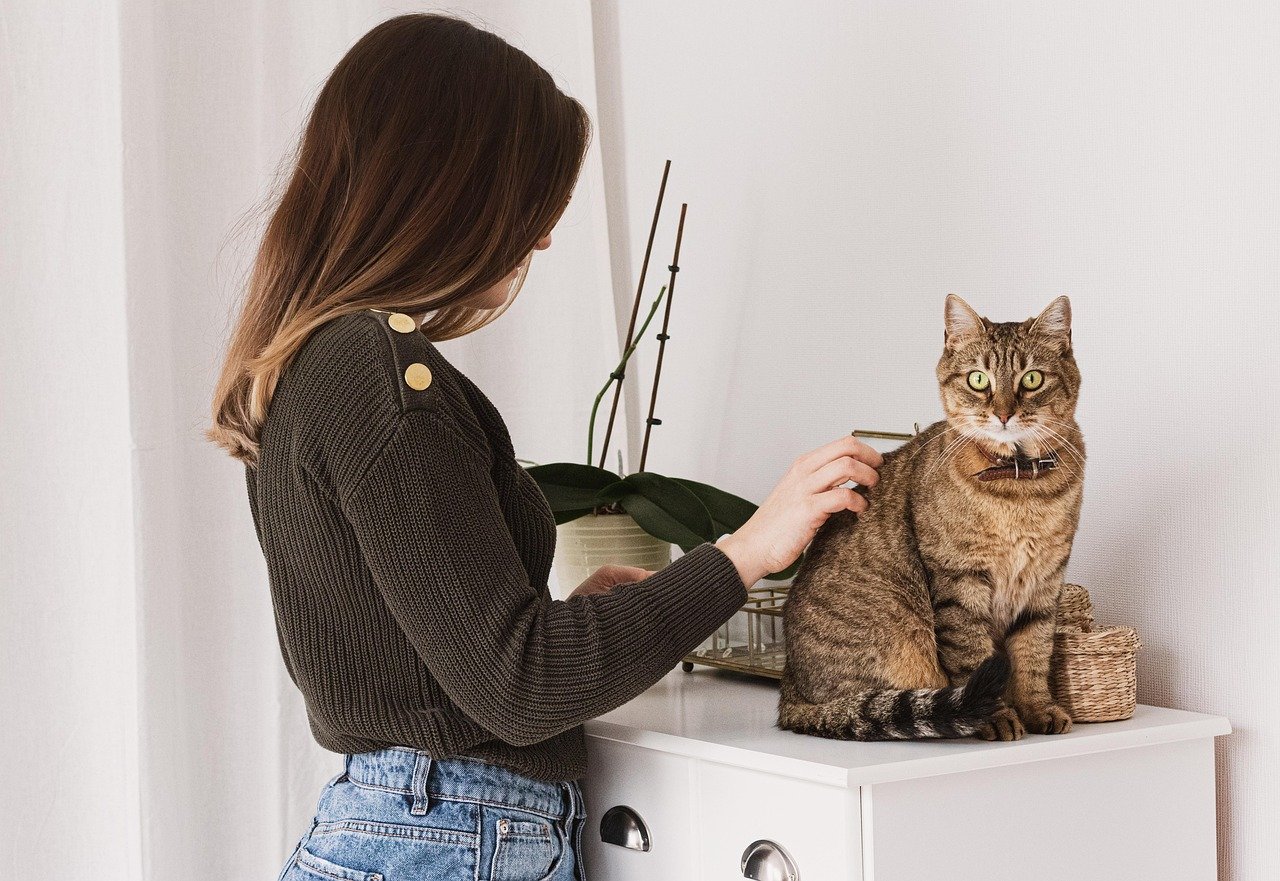
Cats are known for their cleanliness, but when grooming becomes excessive, it can signal underlying stress or anxiety. Imagine a person who bites their nails when nervous; similarly, a cat might lick a specific area repeatedly. This behavior can lead to bald patches and skin irritation, indicating that the cat is trying to soothe itself. Keeping an eye on grooming habits and consulting with a vet can help address any health or emotional issues.
3. Aggressive Behavior
Aggression in cats can manifest in various ways, from swatting to biting. It’s often a defense mechanism, a way for the cat to protect itself from perceived danger. This behavior can stem from past trauma where the cat felt threatened or harmed. Understanding the triggers and providing a peaceful environment can help reduce these aggressive outbursts. Patience and gentle handling are key to rebuilding trust.
4. Vocalization Changes
A cat’s meow is its way of communicating with the world. Changes in vocalization, such as increased yowling or unusual silence, can be indicative of emotional distress. Think of it as a person who suddenly talks more or less when they’re upset. Paying attention to these changes can provide insights into a cat’s emotional state. Offering comfort and engaging in gentle play can help alleviate their stress.
5. Litter Box Issues
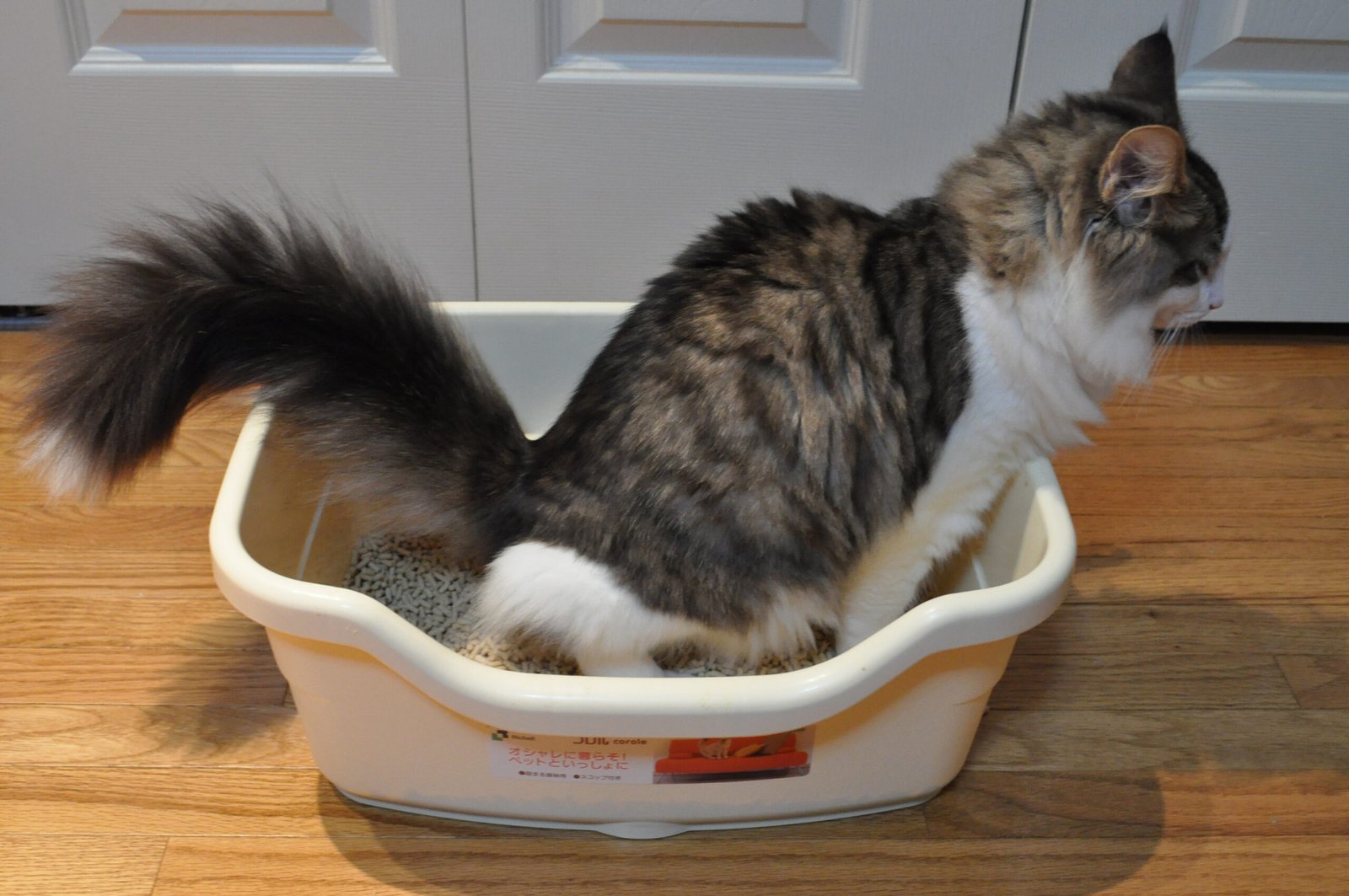
Cats are usually meticulous about their litter habits, so any deviation can be a red flag. Avoiding the litter box or inappropriate elimination can be signs of anxiety or unresolved trauma. This behavior might be comparable to a child acting out when upset. Ensuring the litter box is clean and in a quiet location can help, but consulting a vet is also recommended to rule out medical issues.
6. Destructive Behavior
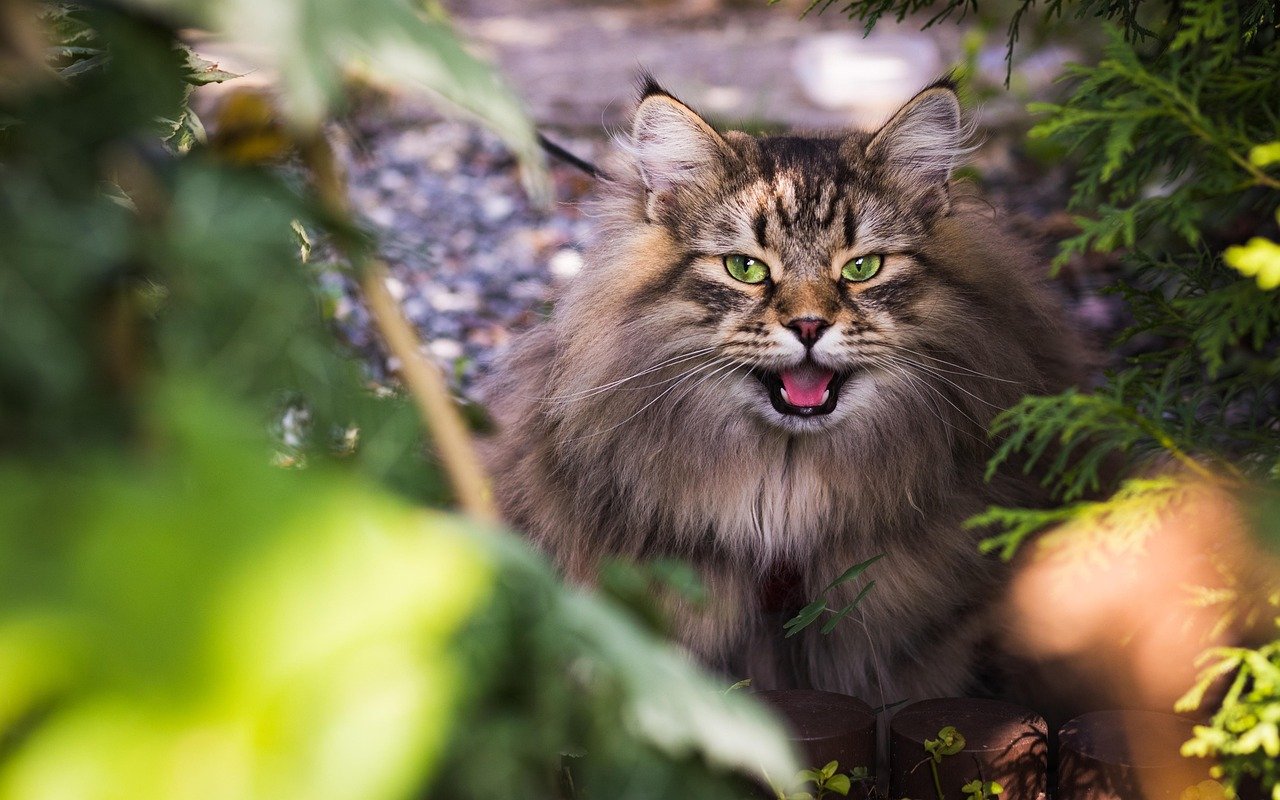
Scratching furniture or knocking items off shelves might seem like typical cat antics, but excessive destruction can point to deeper issues. This behavior can be a way for a cat to express frustration or anxiety. Providing outlets like scratching posts and engaging toys can redirect their energy positively. Understanding their needs and offering enrichment can help soothe their restless spirit.
7. Changes in Appetite

Just as humans might lose their appetite during stressful times, cats can also exhibit changes in eating habits. A sudden increase or decrease in appetite can be a sign of emotional distress. Monitoring their food intake and ensuring a balanced diet is crucial. Creating a consistent feeding routine can offer comfort and stability to a cat still recovering from past trauma.
8. Reluctance to be Touched
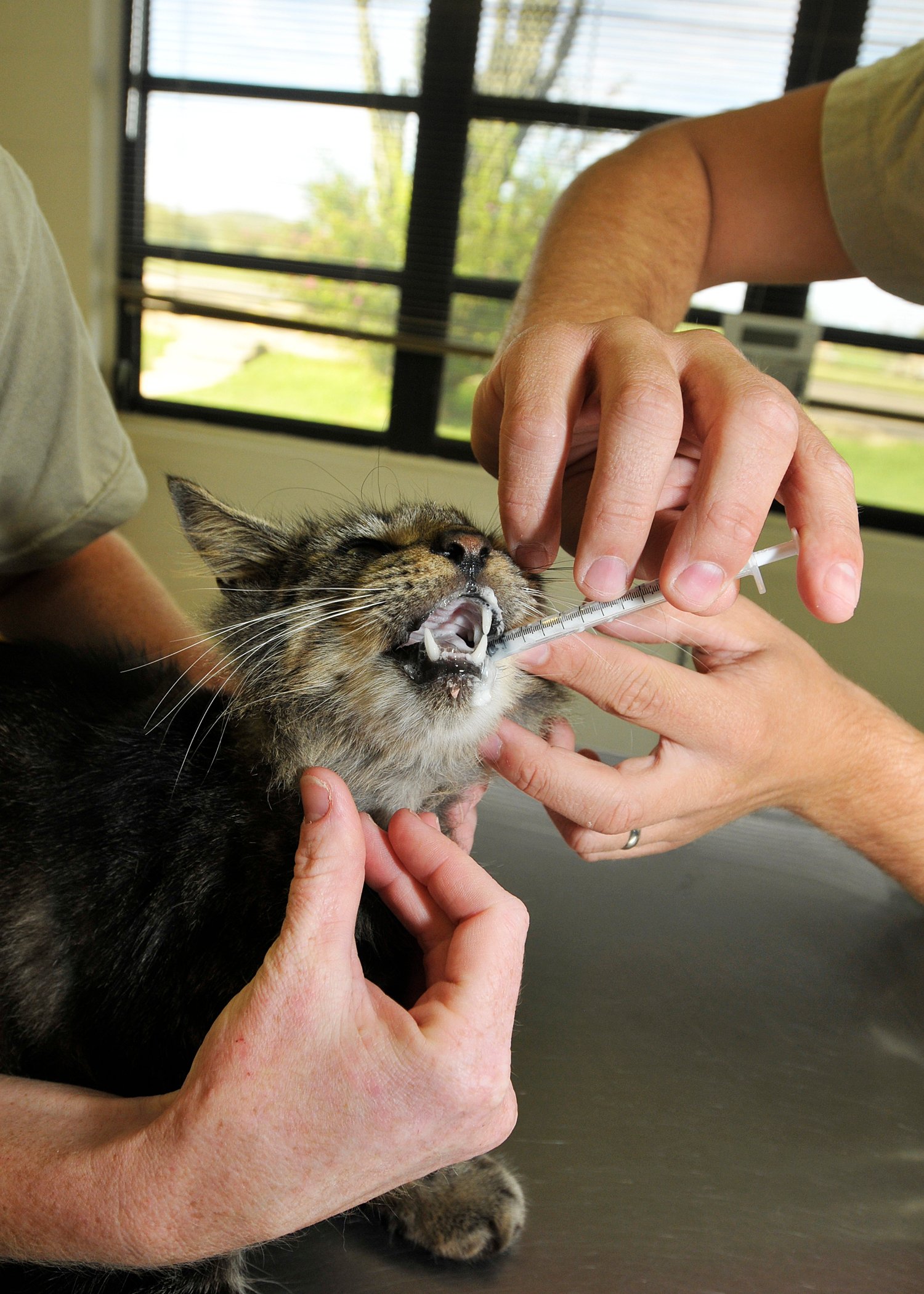
Cats that shy away from petting or flinch at human touch might still be processing past negative experiences. This behavior can be likened to a person who recoils from a hug after a traumatic event. Building trust through gentle interaction and respecting their boundaries can help them feel secure. Over time, with patience, a cat’s comfort level may improve.
9. Hypervigilance
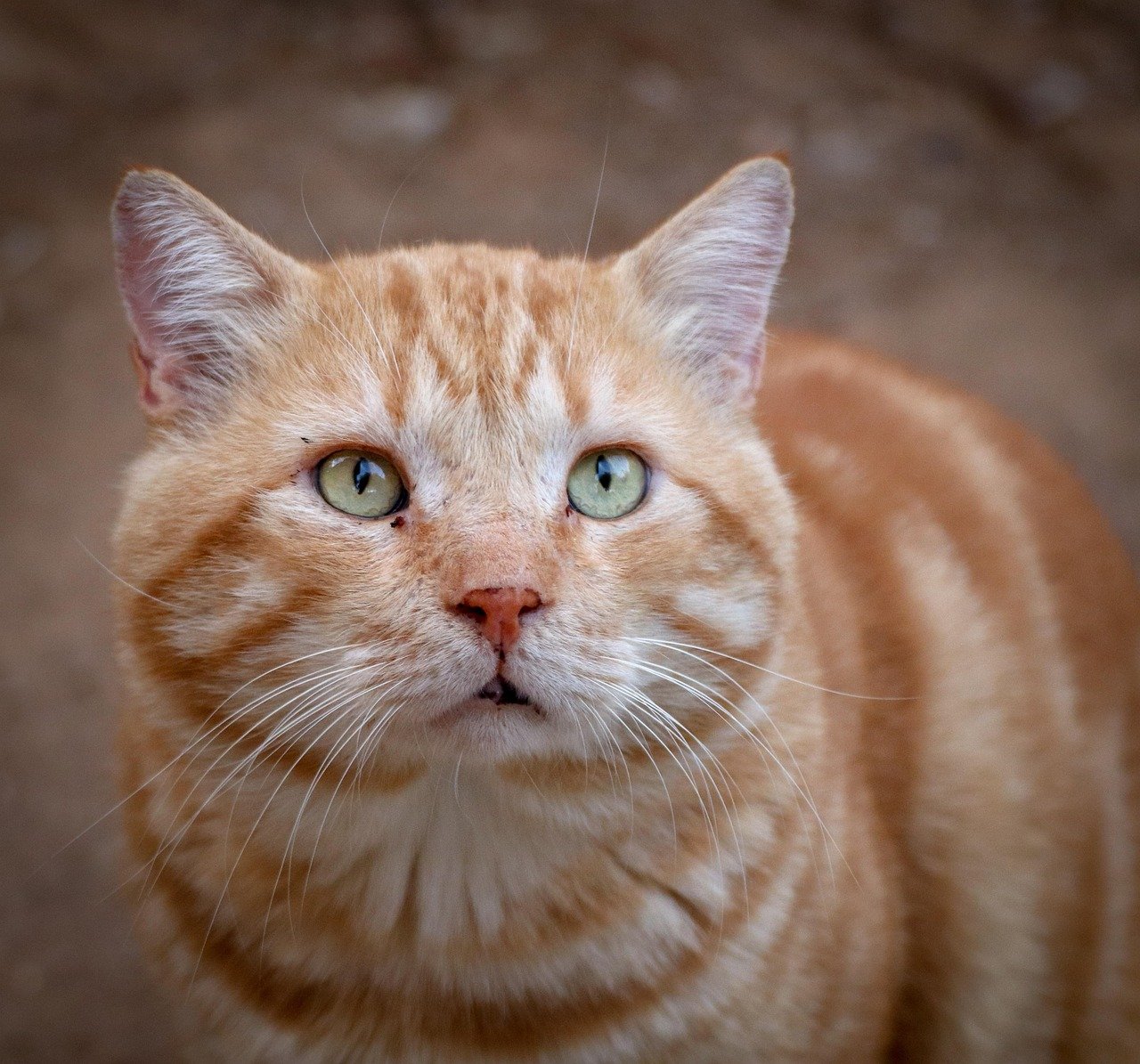
A cat that is constantly on edge, easily startled by noises or movements, may be experiencing hypervigilance. This heightened state of awareness can be exhausting for the cat, much like a person who is always on high alert. Creating a calm and quiet environment can help ease their anxiety. Providing safe spaces where they can retreat can also be beneficial.
10. Lack of Playfulness
Play is an essential part of a cat’s life, promoting physical and mental well-being. A lack of interest in playtime might indicate that a cat is preoccupied with past trauma. Encouraging interactive play and offering a variety of toys can help reignite their playful spirit. Engaging with them at their pace can gradually bring back their zest for life.
11. Over-Attachment
Some cats may become overly attached, following their owners around constantly. This behavior can be a sign of insecurity and a need for reassurance. It’s similar to a child clinging to a parent in an unfamiliar situation. Providing consistent attention and affection can help build their confidence. However, it’s important to encourage independence gently.
12. Nighttime Restlessness
If a cat is unusually active or vocal during the night, it may be a sign of underlying anxiety. Nighttime restlessness can be disruptive, akin to a person experiencing insomnia. Ensuring a comfortable sleeping environment and maintaining a consistent bedtime routine can help. Offering calming activities before bed can also promote relaxation.
13. Reluctance to Explore

Cats are naturally curious creatures, so a reluctance to explore new spaces can indicate fear or anxiety. This behavior might be seen in cats that have experienced trauma associated with unfamiliar environments. Gradually introducing new areas and providing positive reinforcement can help build their confidence. Patience and encouragement are essential in helping them rediscover their adventurous side.
14. Tail Behavior
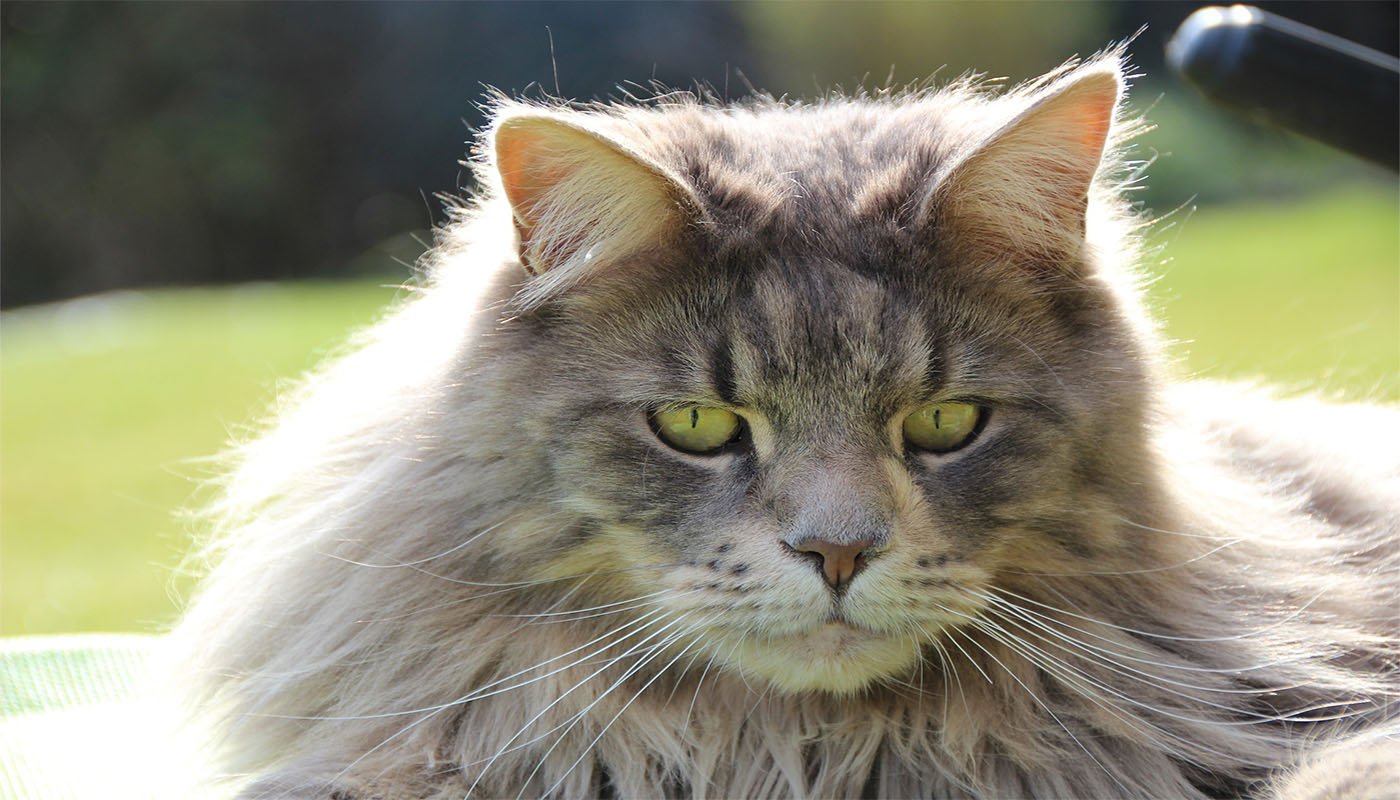
A cat’s tail can be a window into its emotional state. A tail held low or tucked between the legs can indicate fear or submission, while a twitching tail might suggest irritation. Observing tail behavior can provide valuable insights into a cat’s feelings. Responding appropriately to their cues can help create a trusting and supportive environment.
15. Sensitivity to Sounds
Cats that react strongly to everyday sounds may be sensitive due to past trauma. This sensitivity can manifest as startling at loud noises or being hyper-aware of their surroundings. Creating a quiet and peaceful home environment can help reduce their stress. Gradually desensitizing them to certain sounds through positive reinforcement can also be beneficial.
16. Changes in Sleeping Patterns
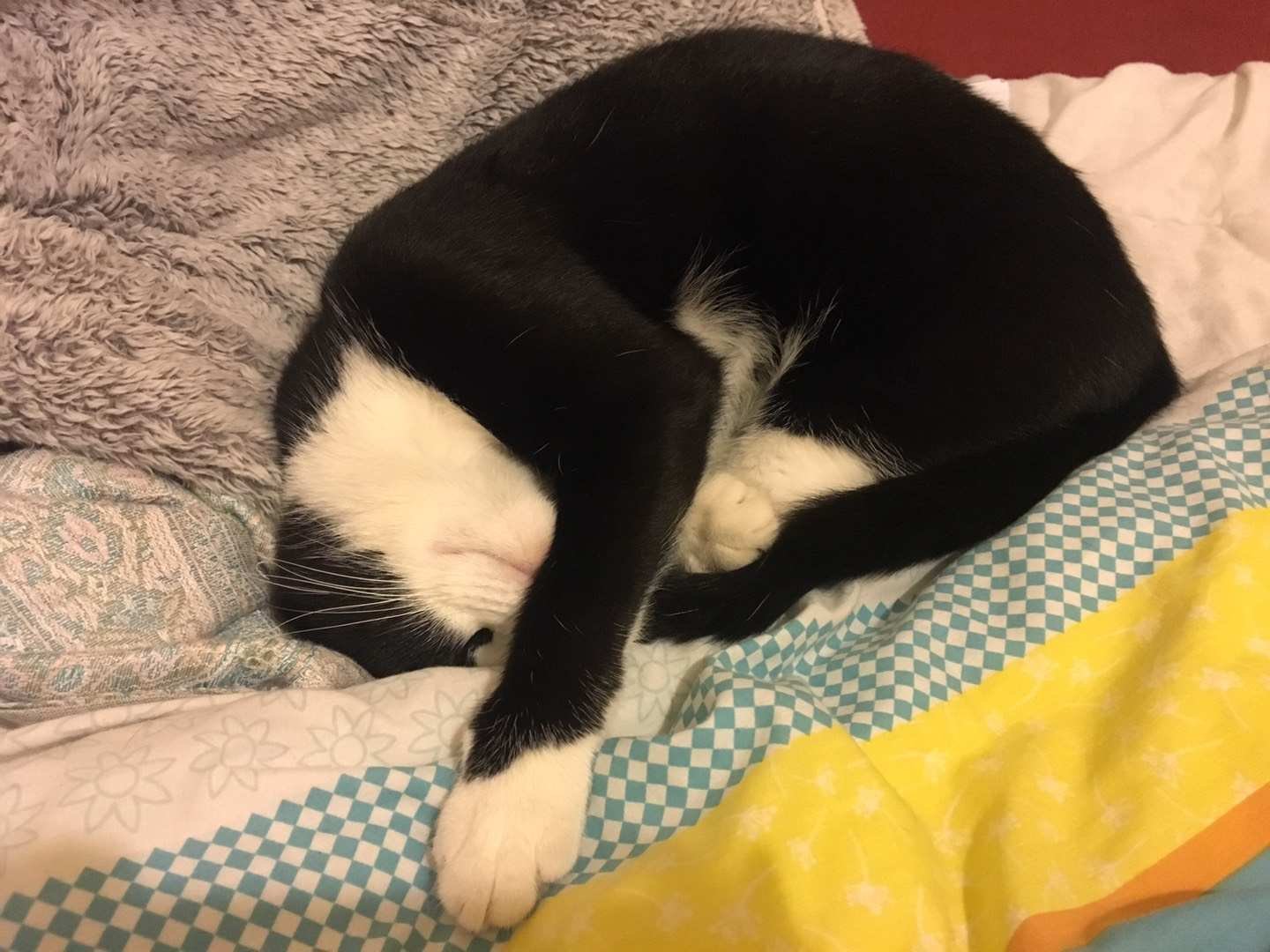
Alterations in sleeping habits, such as sleeping more or less than usual, can be a sign of emotional distress. Like humans, cats might experience changes in sleep when dealing with stress or anxiety. Ensuring a comfortable and safe sleeping area can promote better rest. Monitoring their sleep patterns and consulting with a vet if necessary can help address any underlying issues.
17. Pacing or Circling
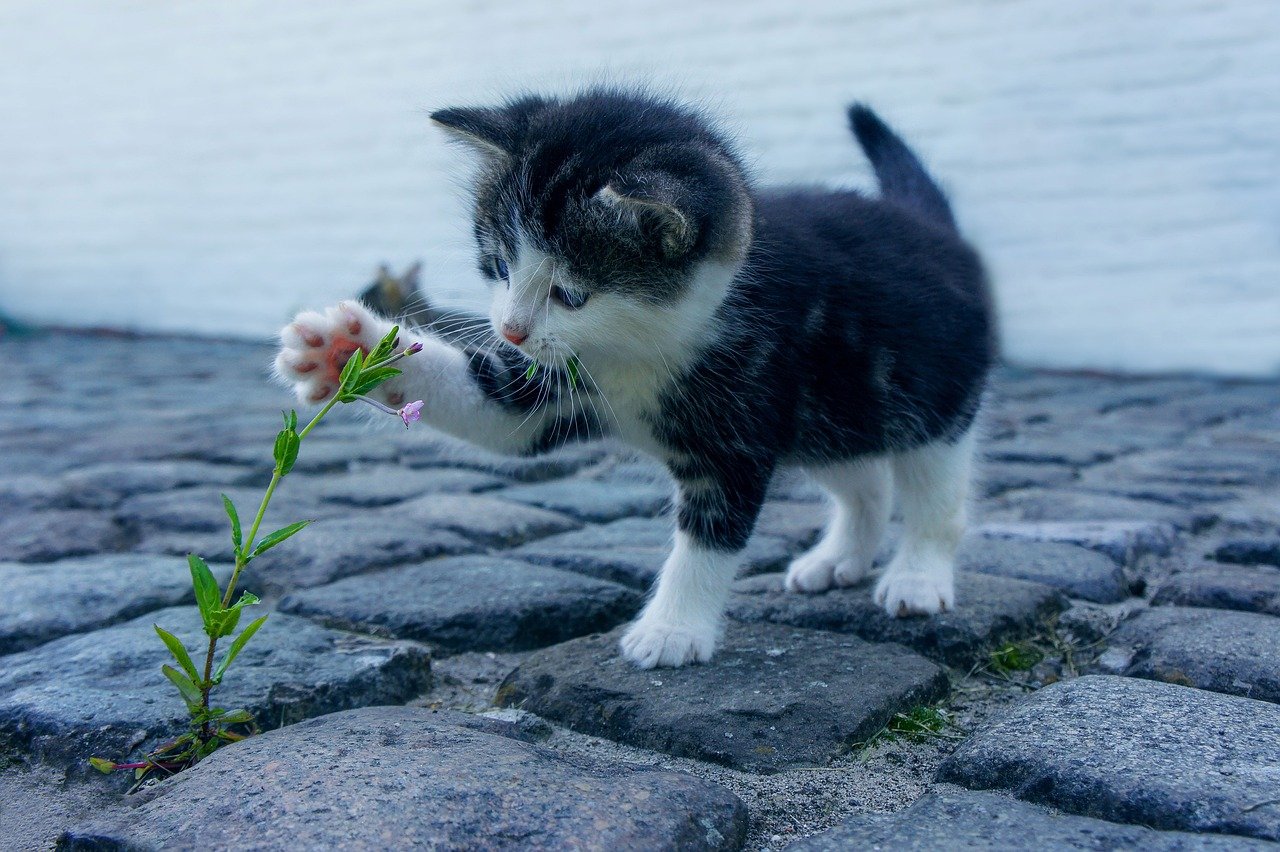
Cats that pace or circle repeatedly may be exhibiting signs of stress or anxiety. This behavior can be akin to a person pacing when deep in thought. Providing mental stimulation and engaging activities can help redirect their focus. Understanding their needs and offering a calming environment can alleviate their restlessness.
18. Reduced Social Interaction
A cat that withdraws from social interaction with humans or other pets may still be healing from past trauma. This behavior can be similar to a person isolating themselves after a difficult experience. Encouraging gentle socialization and respecting their boundaries can help them feel more comfortable. Gradually reintroducing social activities at their pace can foster a sense of security.
19. Unusual Vocalizations
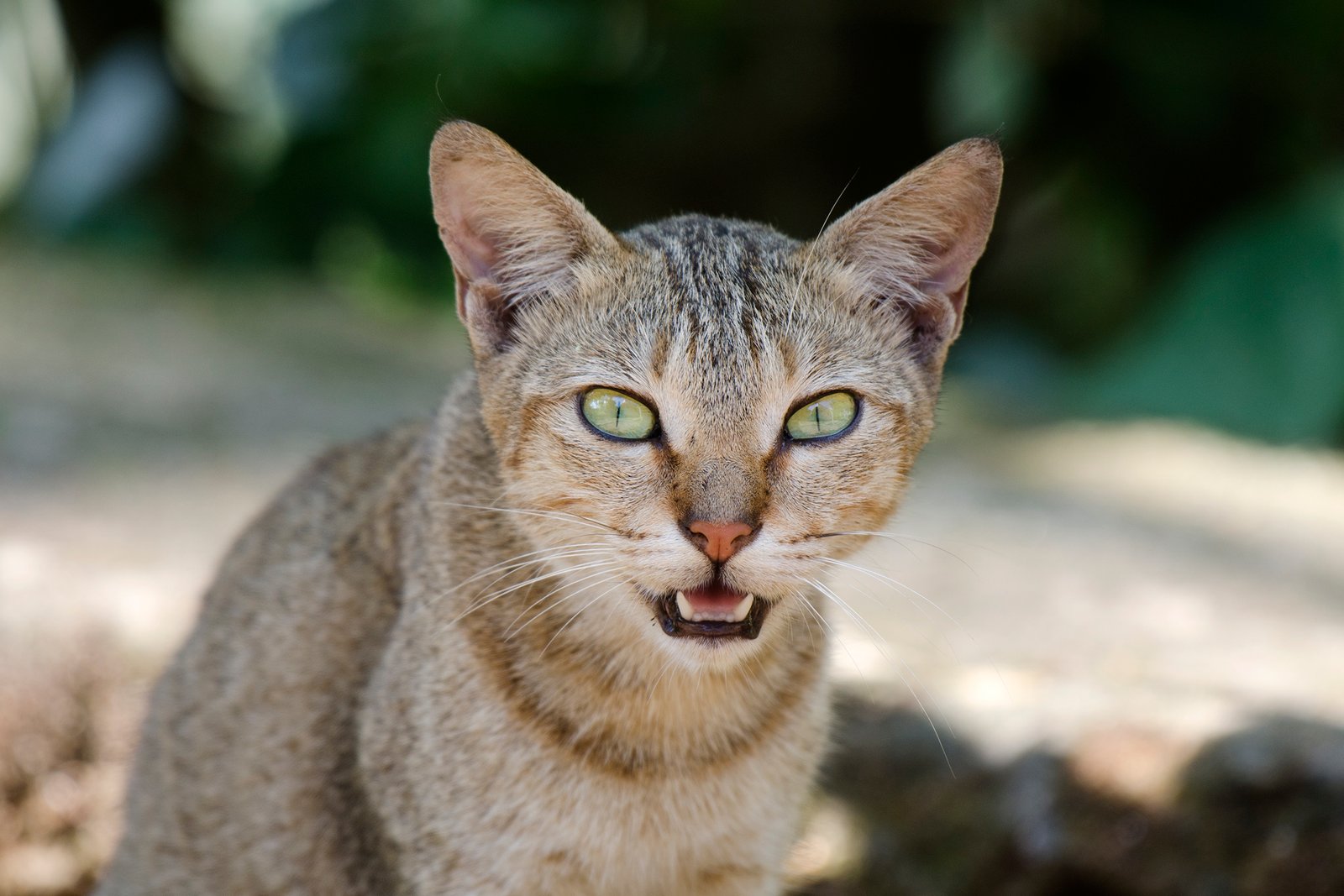
Cats may develop unusual vocalizations as a response to stress or anxiety. These sounds can range from growls to unusual meows and might indicate discomfort. Paying attention to these vocal cues can provide insights into their emotional state. Offering reassurance and addressing any potential stressors can help calm their nerves.
20. Body Language

A cat’s body language can reveal a lot about its emotional state. Flattened ears, dilated pupils, or a tense posture can indicate fear or anxiety. Observing these cues and responding with empathy and understanding can help build trust. Providing a supportive and nurturing environment can aid in their healing process.
Understanding these behaviors is crucial for providing the care and support a healing cat needs. By recognizing these signs, cat enthusiasts can create a nurturing environment where their feline friends can thrive and overcome their past traumas.
Hi, I’m Bola, a passionate writer and creative strategist with a knack for crafting compelling content that educates, inspires, and connects. Over the years, I’ve honed my skills across various writing fields, including content creation, copywriting, online course development, and video scriptwriting.
When I’m not at my desk, you’ll find me exploring new ideas, reading books, or brainstorming creative ways to solve challenges. I believe that words have the power to transform, and I’m here to help you leverage that power for success.
Thanks for stopping by, Keep coming to this website to checkout new articles form me. You’d always love it!






